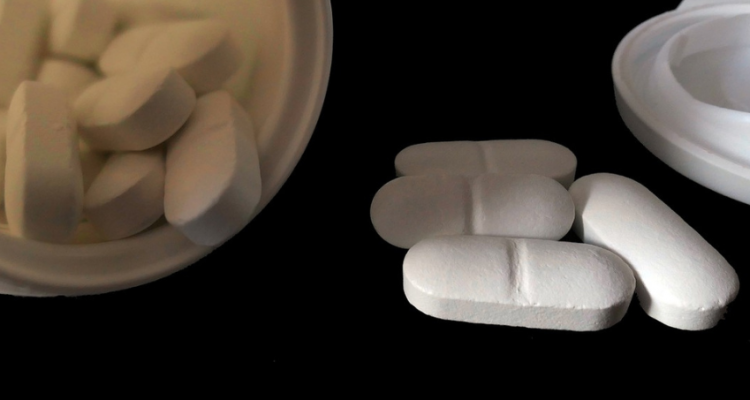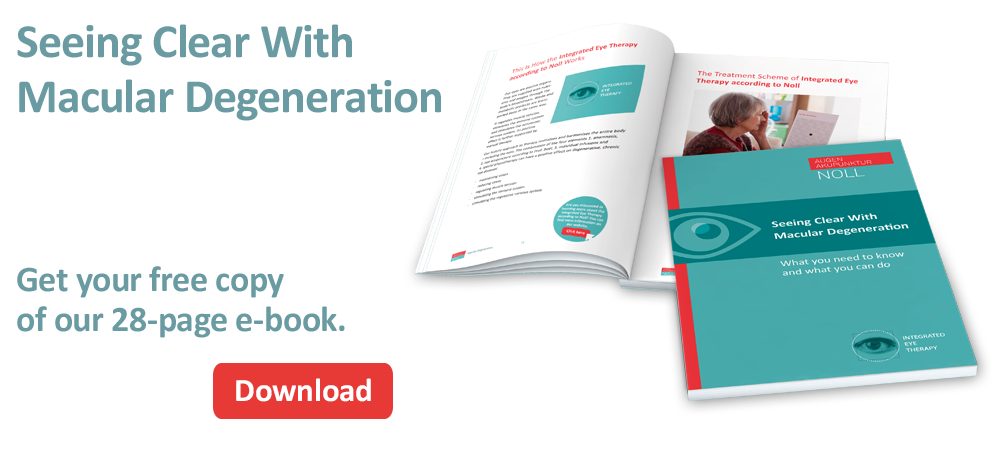Over a long period of time, there have been repeated reports of a possible link between the intake of acetylsalicylic acid (aspirin ASA) and neovascular age-related macular degeneration (AMD).
Now three studies have provided fresh insights:
Surprising link between Macular Degeneration (AMD) and Aspirin use
A groundbreaking study conducted by Dutch researchers has recently uncovered a remarkable link between regular aspirin use and an increased risk of age-associated macular degeneration (AMD).
The study, which includes a cross-sectional study and two prospective investigations, reveals fascinating insights.
In the European Eye Study, daily aspirin use led to a remarkable odds ratio of 2.22 for the neovascular, “wet” form of AMD. This discovery raises questions and opens new avenues for research into the treatment and prevention of AMD.
Annotation:
Odds ratio (OR) is a measure used to represent probabilities and associations between groups. An OR of 1 indicates no association, an OR above 1 indicates increased risk, and an OR below 1 indicates decreased risk.
Aspirin and Macular Degeneration (AMD): Insights from long-term studies
In the in-depth long-term studies of the Beaver Dam Eye Study and the Blue Mountains Eye Study, remarkable findings have come to light that expand the understanding of the relationship between regular aspirin (acetylsalicylic acid ASA) use and age-related macular degeneration (AMD).
The Beaver Dam Eye Study, conducted over a 20-year period, found a relative risk of 2.20 for neovascular age-related macular degeneration (AMD) in people who regularly took aspirin.
This statistic raises attention and questions about the potential impact of aspirin on eye health.
Annotation:
Relative risk shows how much higher or lower the risk of an event is in one group compared to another. A relative risk of 2.20 means that the risk in one group is 2.20 times higher than in the other.
Astonishing discovery: Aspirin increases risk of Macular Degeneration (AMD) 2.46-times in 15-year study
Similarly, the Blue Mountains Eye Study, which included a 15-year follow-up, showed a cumulative risk of 2.46 for neovascular age-related macular degeneration (wet macular degeneration) in people who regularly took aspirin.
These findings are of particular interest as they suggest a possible link between aspirin and this particular form of AMD.
Annotation:
Cumulative risk is the probability of a particular event occurring over a period of time.
In this context, a cumulative risk of 2.46 means that people who regularly take aspirin are 2.46 times more likely to develop neovascular AMD than those who do not take aspirin.
Missing link: Aspirin and dry Macular Degeneration (AMD) – new research questions raised
Interestingly, neither study found evidence of a link between aspirin use and geographic atrophy, the so-called “dry” form of age-related macular degeneration (AMD).
This opens up room for further investigation and raises the question of whether the effects of aspirin on different forms of AMD might be different.
Individualised Aspirin therapy: How to carefully consider your AMD risk
The decision for or against aspirin therapy should be carefully weighed, the study authors recommend.
The risk for neovascular age-related macular degeneration (AMD) should be considered in the context of the benefits of aspirin therapy, as well as other risk factors such as age and existing comorbidities or cardiovascular risk factors.
In the future, recommendations for the use of acetylsalicylic acid could potentially be better tailored to the individual needs of each patient.
This could be done based on environmental factors and genetic profiles to more accurately predict the risk of age-related macular degeneration.
Connection between Macular Degeneration (AMD) and the use of Aspirin – Conclusion
- A study shows a remarkable association between regular aspirin use and an increased risk of the neovascular, “wet” form of age-related macular degeneration (AMD) with an odds ratio of 2.22.
- Long-term studies show a relative risk of 2.20 and a cumulative risk of 2.46 for neovascular AMD in people who take aspirin regularly.
- There is no evidence of a link between aspirin and geographic atrophy, the “dry” form of AMD.
- The decision for or against aspirin therapy should be carefully weighed, taking into account other risk factors such as age and existing comorbidities.
- Future recommendations for aspirin use could be based on individual needs and genetic profiles to more accurately predict risk for AMD.



Leave a Reply